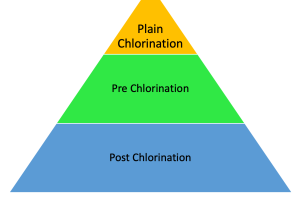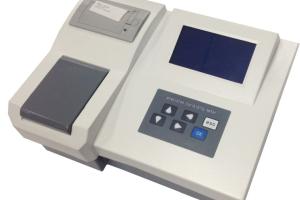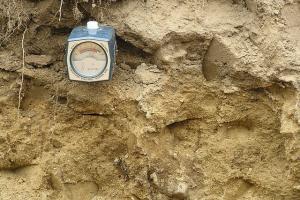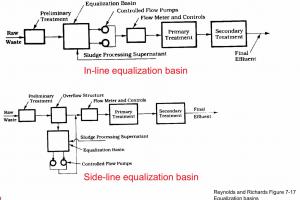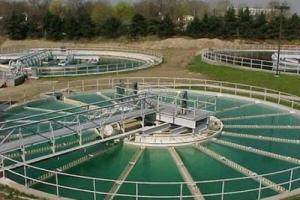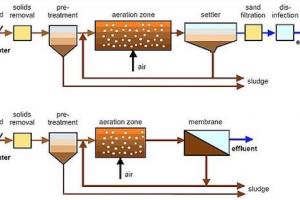Finding Alkalinity of Water Sample by Indicator Method
Theory:
Alkalinity is the measure of the ability of a solution to neutralize acids
Importance:
Alkalinity is an important determination to the water treatment plant operator because some of the coagulants used to clarify water and prepare it for filtration required sufficient alkalinity to insure a proper reaction. The alkalinity may be increased by adding lime or NA2CO3. Excessive alkalinity may be however interfere with coagulants.
WHO Guideline Value:
World health organization suggested a guideline value for alkalinity:
- Low alkalinity < 50mg/lit as CaCO3
- Medium alkalinity 50 - 250 mg/lit as CaCO3
- High alkalinity > 250 mg/lit as CaCO3
Relationship Table of Alkalinity:
| Result of titration | Hydroxide (OH) | Carbonate (CO3) | Bicarbonate (HCO3) |
| p = 0 | Nil | Nil | T |
| p > t/2 | 2p - T | 2(T - p) | Nil |
| p = t/2 | Nil | 2p | Nil |
| p < t/2 | Nil | 2p | T - 2p |
| p = T | p | Nil | Nil |
Where P= phenolphthalein alkalinity, T= Total alkalinity
Apparatus:
Stand, burette, funnel, conical flask, beaker etc.
Chemicals:
Phenolphthalein indicator solution, brome cresel green, methyl red solution, standard solution (H2SO4) having normality 0.02
Procedure:
-
Take 50 ml of water sample in a flask. Add six drops of phenolphthalein indicator in the sample (water), note the initial reading of the burette containing H2SO4 (N=0.02)
-
Start the titration till the color changes and note the reading of the burrete, Calculate the phenolphthalein alkalinity using the formula alkalinity = (final reading - initial reading) X 100/50
-
Now add six drops of brome cresol green in the methyl solution which turns the color to greenish one. note the initial reading of the burette and start the titration till the color changes to gray and note the final reading.
-
Calculate total alkalinity by using the formula,
Total alkalinity = (final reading - initial reading) x 100/50




